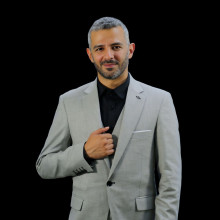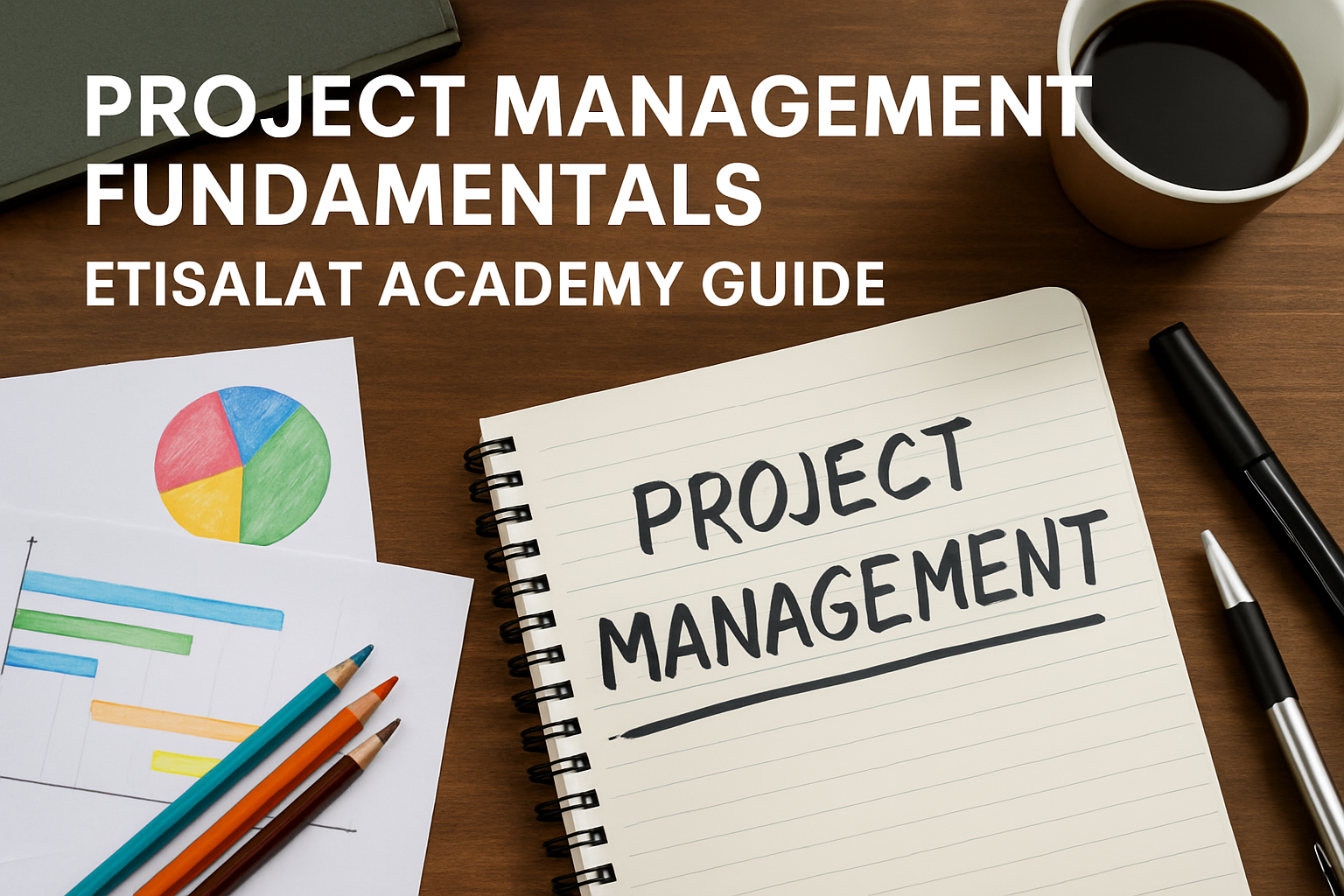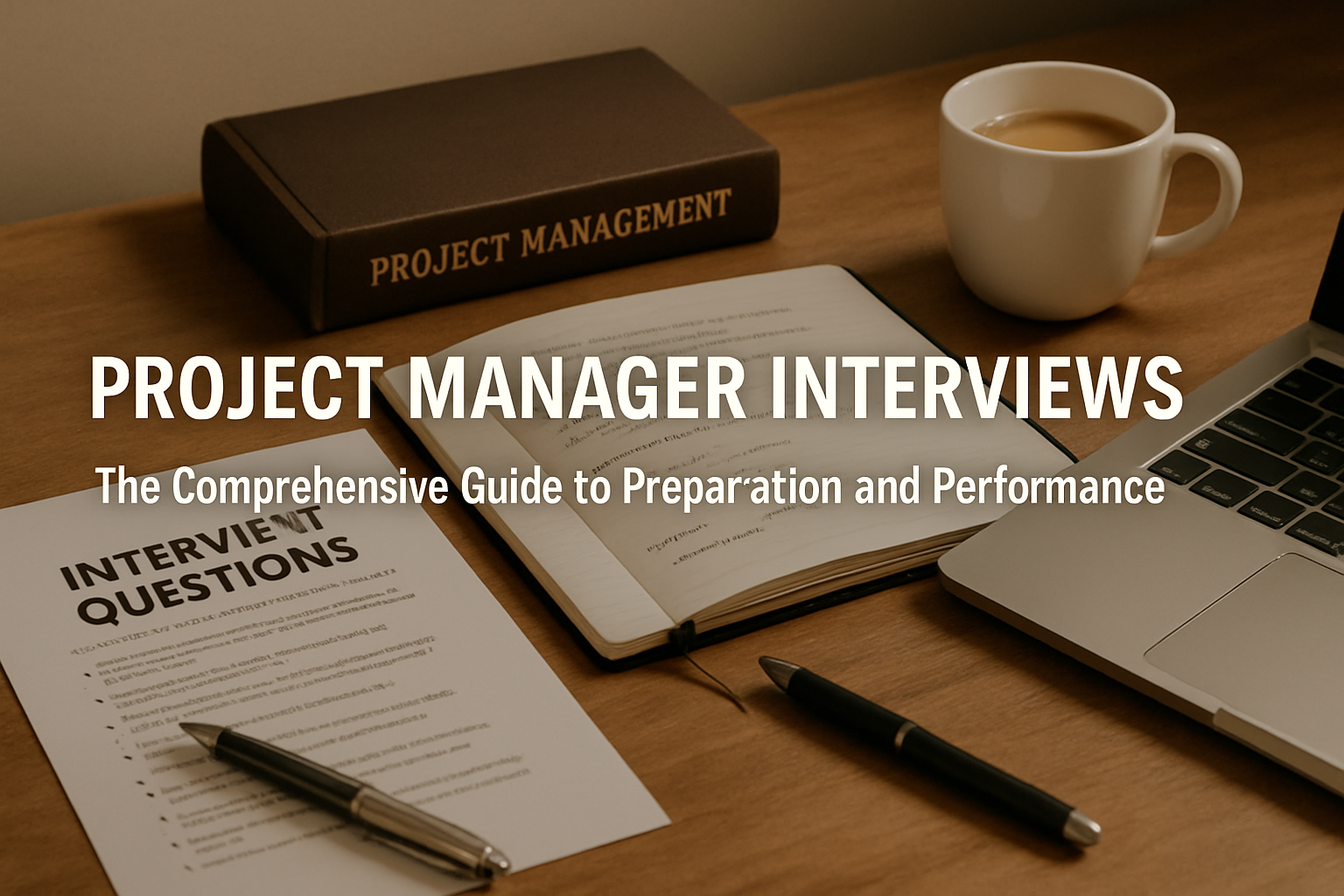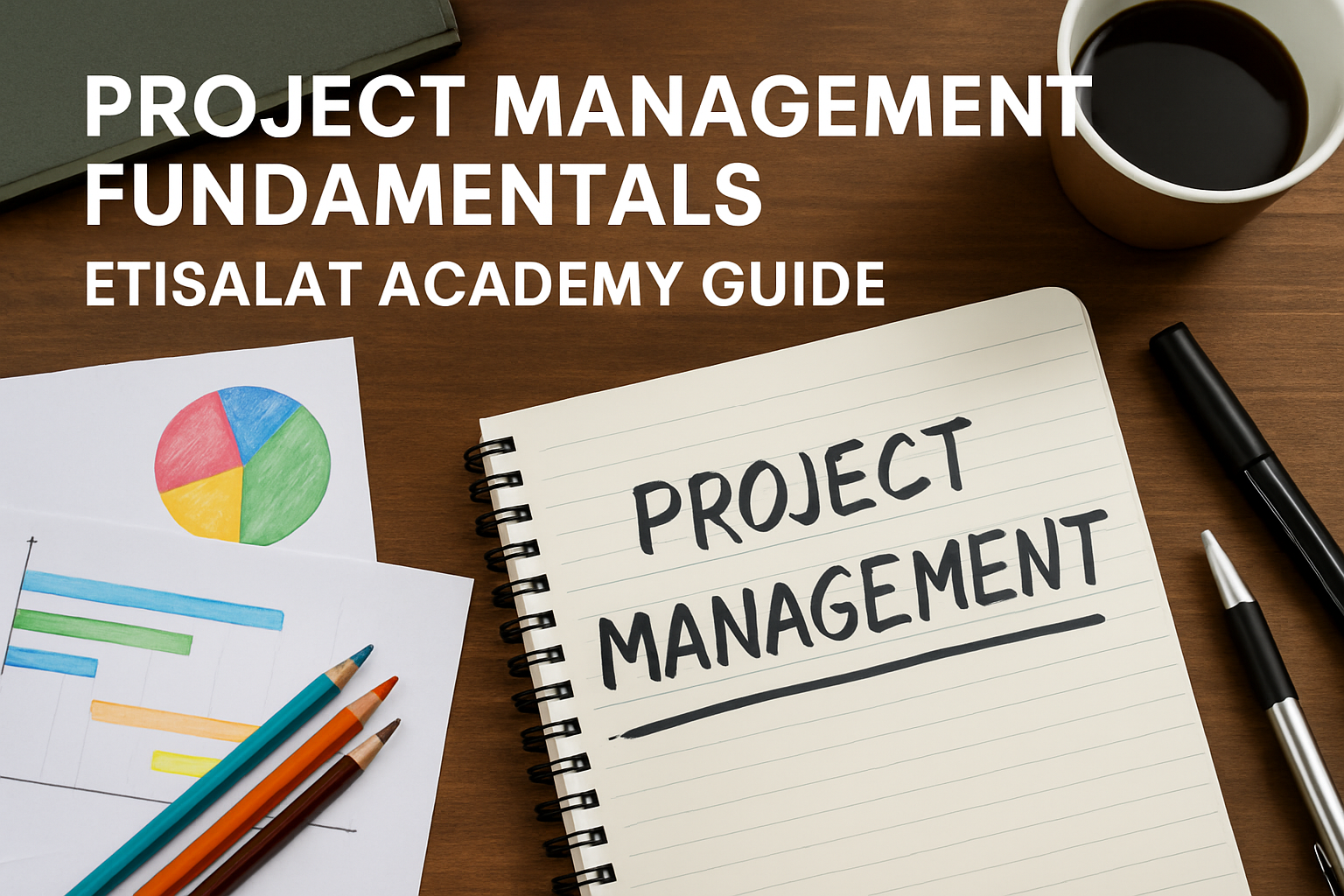Project management is the art and science of defining and achieving desired objectives. It is the cornerstone of any successful initiative and spans critical dimensions including quality, schedule, budget, and—most importantly—communications among stakeholders. Learn the fundamentals with My Communication Academy and train with experts. Enroll now in the Professional Project Management course and take a step toward a promising career.
Project Management Fundamentals
Professional project management requires a solid understanding of a set of core elements that ensure goals are met with high efficiency. The success of any project heavily depends on the manager’s ability to coordinate and optimize the following disciplines:
- Project Quality Management: Ensure predefined standards are met across every phase of the project.
- Schedule Management: Keep the work on track by organizing tasks and prioritizing the backlog.
- Risk Management: Analyze potential risks and create plans to mitigate or avoid them.
- Budget Management: Set realistic cost forecasts and track spending closely to prevent overruns.
- Project Communications Management: Enable effective communication among all stakeholders to prevent misunderstandings and drive transparency.
- Scope Management: Define goals and requirements precisely to prevent uncontrolled scope creep.
By attending to these areas, project managers can increase the likelihood of success and deliver outcomes efficiently and effectively.
What Are the Best Practices for Top Performance in Project Management Fundamentals?
Applying proven best practices elevates execution quality and helps achieve objectives more efficiently. To get the most from your project management process, consider the following:
Make Your Project Processes Clear
Success starts with clear, transparent processes. Defining responsibilities and steps reduces errors and improves efficiency. Documenting your workflows boosts trust, simplifies cross-functional coordination, and makes it easier to review performance and evaluate outcomes continuously.
Study Your Costs Properly
Careful cost analysis is indispensable. It ensures resources are distributed effectively and prevents overspending. Estimate all expected costs in advance and monitor them rigorously during execution—including direct, indirect, fixed, and variable costs. The table below breaks down typical cost categories to organize and understand your budget:
| Cost Type | Description |
|---|---|
| Direct Costs | Costs directly tied to the project, such as labor and materials. |
| Indirect Costs | Costs not directly attributable to project tasks but necessary for delivery, e.g., rent and utilities. |
| Fixed Costs | Expenses that do not vary with scope, such as lease payments and core management salaries. |
| Variable Costs | Expenses that scale with scope, such as consumables and hourly labor. |
Gain Hands‑On Experience with the Fundamentals
Practical experience is essential to navigate the complex dynamics and unique challenges that arise throughout a project lifecycle. Working on diverse projects lets managers apply theory to real contexts and gain insights that study alone cannot provide. Facing and resolving varied problems builds adaptability and innovation—key to leading projects to success.
Invest Resources Optimally and Deliberately
Getting the most value from resources requires careful planning and thoughtful execution. Competent managers put strategies in place to ensure resources are used for maximum impact:
- Identify the required resources: Examine the project thoroughly to determine needed materials, tools, and staffing.
- Allocate intelligently: Assign resources according to priorities and critical path milestones that require greater support.
- Monitor utilization: Track consumption throughout the lifecycle and rebalance allocations as conditions change.
- Evaluate performance: Review efficiency regularly to maximize return on investment.
Hold Regular Team Meetings
Cadenced team meetings are integral to success. They allow the project manager to monitor progress, clarify roadblocks, and keep everyone aligned. Regular touchpoints improve communication, reduce misunderstandings, and raise productivity. They also provide a venue to assess performance and address issues early—keeping work on schedule.
Set Clear Objectives and Scope
Every successful project starts with clear objectives and a well-defined scope. Take the steps below to align expectations and resist scope drift:
- Craft clear objectives: Make sure goals are Specific, Measurable, Achievable, Relevant, and Time‑bound.
- Define the scope precisely: Specify the full scope—including tasks, deliverables, and boundaries—to prevent unplanned expansion.
- Review with stakeholders: Confirm shared understanding and agreement on both goals and scope.
Plan for and Manage Risks
Building risk response plans is fundamental to handling challenges and surprises effectively. Identify risks, assess their probability and impact, and outline strategies to mitigate, transfer, avoid, or accept them. Learn more about risk management here: Risk Management.
| Strategy | Description |
|---|---|
| Avoid | Change the plan to eliminate the risk entirely. |
| Mitigate | Reduce the probability and/or impact through preventive measures. |
| Transfer | Shift ownership to a third party (e.g., insurance, contractual clauses). |
| Accept | Acknowledge the risk and choose not to act unless it occurs. |
By applying these strategies thoughtfully, you can keep delivery smooth—even when confronted with uncertainty. You may also find this useful: Risk Management Strategies | From Planning to Execution for Safer Decisions.
Set a Realistic Budget to Master the Fundamentals
A realistic budget is foundational to success. Consider all expected and contingency costs. Your budget should be comprehensive yet flexible enough to accommodate changes throughout the lifecycle. The main components often include:
| Category | Details |
|---|---|
| Human Resources | Labor costs, including salaries and training. |
| Materials and Equipment | Raw materials, tools, and equipment purchase or rental. |
| External Services | Consulting, legal, and financial services. |
| Contingency and Reserves | Budget set aside for risks or unexpected expenses. |
Including these categories in your financial plan strengthens fiscal discipline and reduces the likelihood of cost overruns. For background reading on project management, see this reference.
Document All Plans and Resources
Thorough documentation enables transparency, traceability, and consistent execution. It provides a clear reference for decisions and expectations, reduces knowledge gaps among team members and stakeholders, and serves as valuable evidence during performance reviews and lessons‑learned exercises.
Master Project Management Fundamentals with My Communication Academy
Master the fundamentals with My Communication Academy here and gain the knowledge and skills you need to succeed. Our specialized training covers the full spectrum—from goal setting and strategic planning to execution and monitoring.
With accredited curricula and seasoned experts, the academy delivers both practical and theoretical training so you can lead with confidence and professionalism.
Also read: Successful Project Manager | What Are the Responsibilities of a PMP-Certified Manager?
- Structured learning path with hands‑on assignments
- Templates for scope, risk, schedule, and cost management
- Guidance for exam prep and on‑the‑job application
Conclusion
To deliver projects successfully, managers must master project management fundamentals and apply them rigorously. By focusing on quality, schedule, and risk—alongside realistic budgeting and strong communications—you can meet defined objectives with high efficiency and predictable outcomes.






Leave a comment